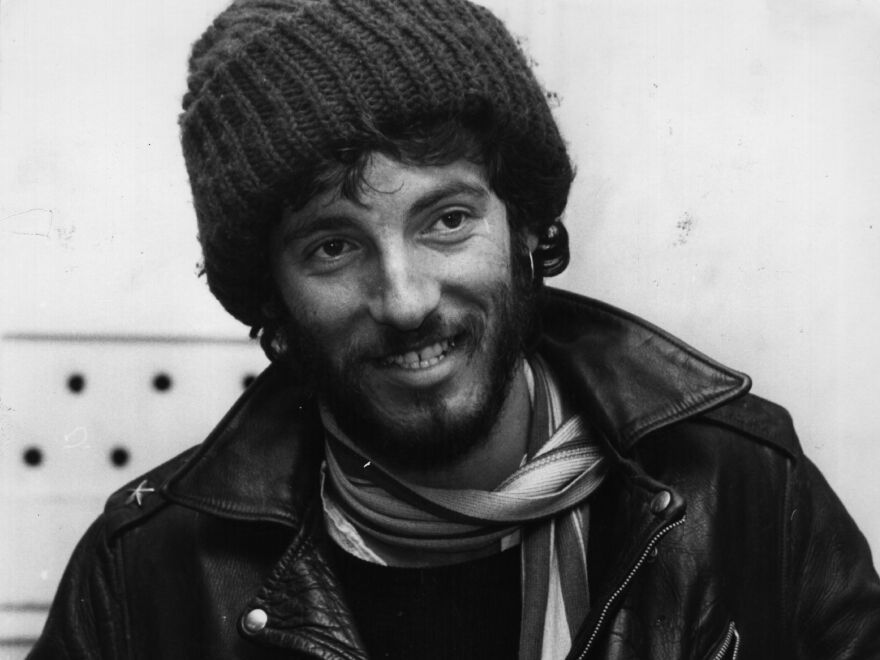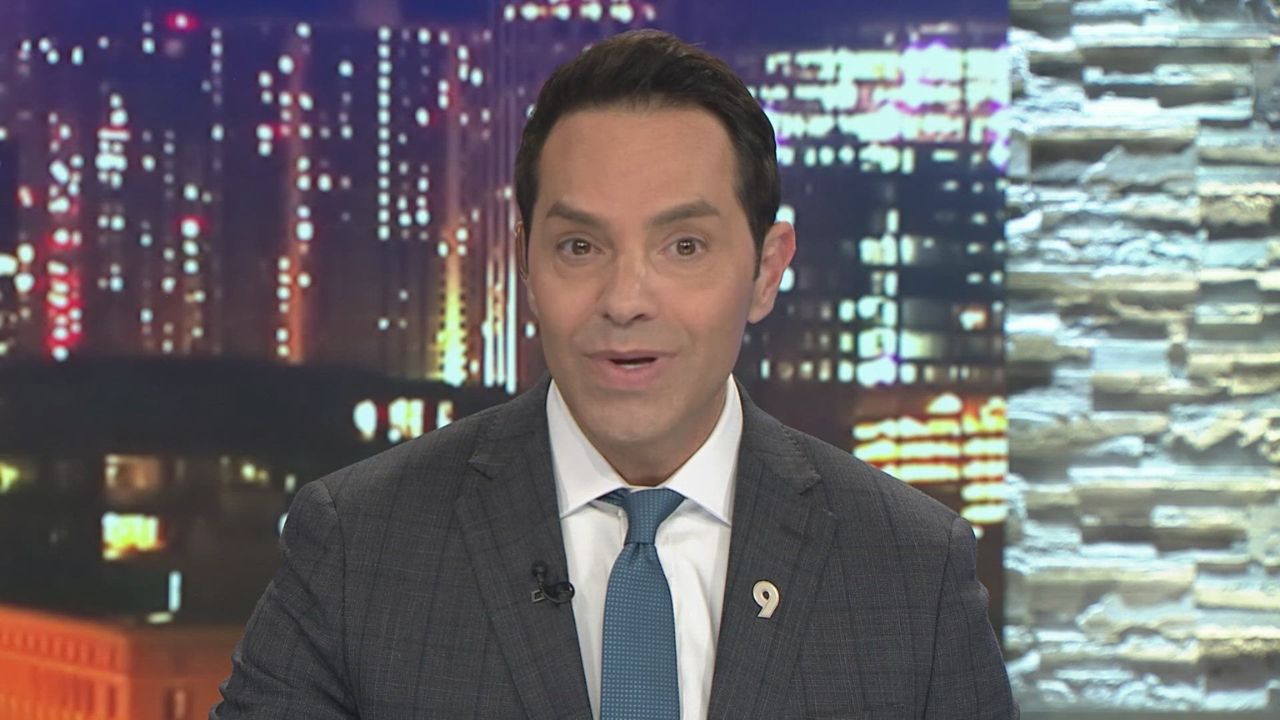This month marks 50 years since the release of Bruce Springsteen’s seminal album, Born to Run, which was a watershed for both Springsteen and rock and roll.
Because of the poor sales of his first two critically lauded albums, Springsteen’s record label, Columbia, was about to fire him before he recorded that album. The creation of Born to Run is described by biographer Peter Ames Carlinde as a “existential moment” for Springsteen.
Carlin states, “If this didn’t work, he was done,” “And who was he, if he was finished? Who was he? The only thing he truly projected himself into was music. And to him, it was everything. And it was terrible to think that he would lose his profession.
In his new book, Tonight in Jungleland, which is titled after the last song on the album, Carlin goes back to the creation of Born to Run. According to him, Springsteen “couldn’t leave any rock unturned” when composing the album’s tracks, occasionally experimenting with choir and strings. In the end, he decided to write the album using a piano rather than a guitar since it provided a “broader palette.”
“If you’re playing on a piano, on a keyboard, where all the notes are there in front of you, it changes the possibilities and the way that notes kind of string together,” Carlin explains. “That was the vehicle through which he could bring to life the sounds that were beginning to play in his head.”
Born to Run, which was released on August 25, 1975, would go on to become a critical and financial triumph. It boosted Springsteen’s career and, more significantly, helped establish the musical style he would use for many years to come.
According to Carlin, Springsteen gets in his car and listens to the album while driving through his former haunts in Asbury Park, New Jersey, on the anniversary of the album’s debut.
“And when he realizes it’s getting close to the end of the second side [of the album], he drives to the street where he used to live and the little bungalow he rented, and wrote those songs on the little piano he had there,” says Carlin. “And he parks outside that house and listens to ‘Jungleland.'”
Interview highlights
About the pressure Springsteen’s record label put on him
Charles Koppelman, the man who took over as head of Columbia Records’ artist and repertoire department, had brought Billy Joel, another working-class pop songwriter from outside of New York, into the company at the same time Bruce was signed. Additionally, he thought Billy Joel’s music had a lot more potential than Bruce Springsteen’s.
Koppelman basically said, “You know what, I think we’re going to cut bait on this Bruce Springsteen guy,” following the release of Bruce’s second album, The Wild, the Innocent & the E Street Shuffle, in the fall of 1973. Despite receiving overwhelmingly positive reviews, the record also failed economically. He simply isn’t leaving.” Thankfully, though, the corporation had enough advocates to stop the hand that was about to sever Bruce’s. They also provided him the chance to write a final song and test the possibility that it would become a single. They therefore asked him to write one more song, which ended up being “Born to Run.”
In the darker early draft of “Born to Run,” “Wild Angels”
It’s intriguing because you can see Bruce addressing the emotions that the final song is based on. But initially, he was writing a gothic, almost horror, scenario in which the fast-moving rebel driver is struck by his own vehicle. It was written in a highly symbolic style. In a variant version, it appears as though the car runs over all of his idols, the roads collapse under their wheels, and the fast rebel’s girlfriend, a stunning surfer girl on the beach, dies from a heroin overdose. It is an extremely traumatic and dismal place to be.
He then started painting those same emotions in more identifiable tones as he started to make sense of his vision. These sentiments include the sense of being threatened, of living in a place that is dying all around you, and the yearning to leave. Like, “Yeah, this is New Jersey in the year 1974, modern America.”
Regarding Springsteen’s response upon hearing the album’s initial acetate
A reel-to-reel of the album’s final mix was brought down, and the entire band, Bruce, Mike Appel, and the other crew members listened to it. We recognize this record as the music unwinds, don’t we? Bruce is instantly able to hear all of its problems. He is only aware of the gap between what he thinks should be on the vinyl and what he is hearing. “Oh, jeez, there’s the saxophone,” he says, striking out at everyone. It’s a cliche. He is also critiquing his own performance as well as that of everyone else.
The acetate of the mastered version of the record, which will be cut into the vinyl, is brought down from New York the following day by [engineer/producer] Jimmy Iovine. As soon as they play it, Bruce loses it. He snatches the acetate, rushes back to the hotel, and throws it into the deep end of the pool, thus saying, “We’re not putting this out.” This will be discarded. We are going to begin anew. Since performing live in front of an audience is where we perform best anyhow, we will rerecord all of these songs when we perform The Bottom Line in a few weeks. Naturally, Columbia desired to release it by the end of the summer, and all of this advertising gear was starting to turn. Bruce’s first thought was, “I can’t stand this.” He told me that it caused him to have both internal and external itching. Therefore, he was doing everything within his power to postpone that crucial moment.
Why Springsteen continues to perform
He has extraordinary self-awareness. And I believe that he has a very good understanding of his reasons and what he is doing on many levels, including artistically, emotionally, and creatively, because he has spent the last forty-five years in therapy. “Why is Bruce still traveling and performing at the age of 75?” people ask. He obviously doesn’t need the money, for example. He doesn’t need the money, of course. He aspires to be the best version of himself in terms of his work, performance, and overall character.
This interview was produced and edited for transmission by Susan Nyakundi and Thea Chaloner. It was modified for the web by Bridget Bentz, Molly Seavy-Nesper, and Elle Mannion.
Copyright 2025 NPR






